Premium Only Content
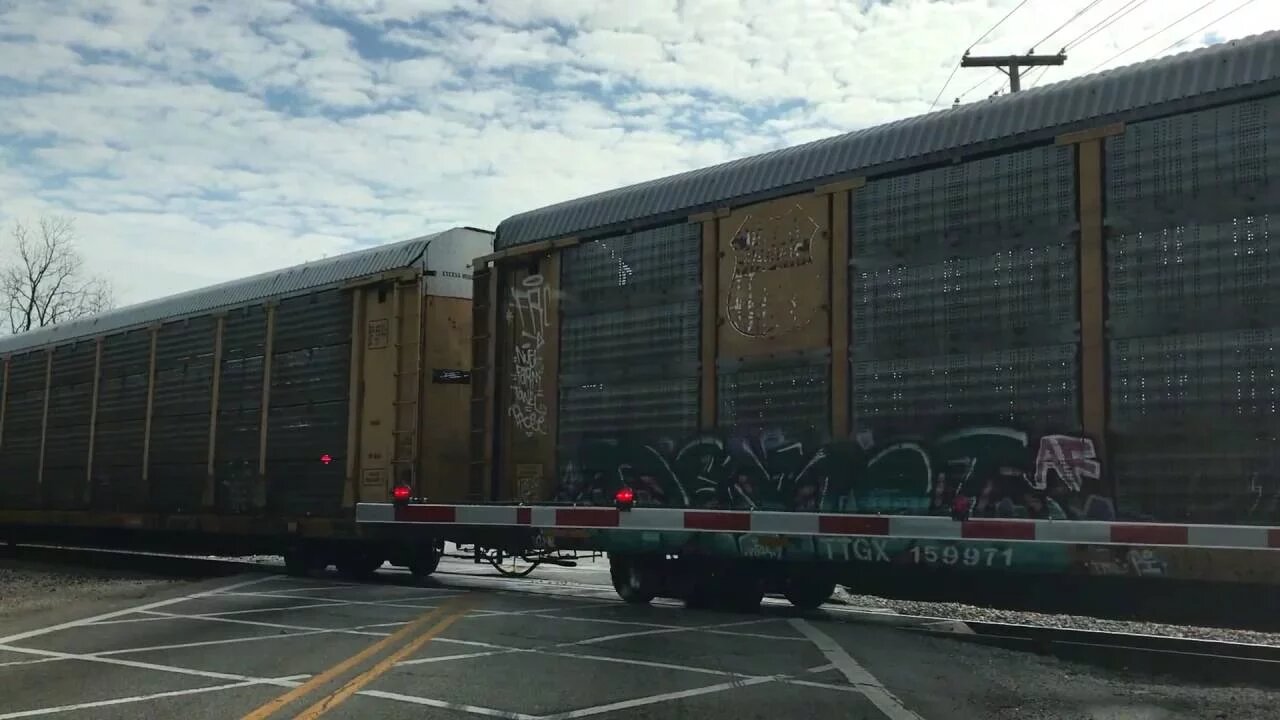
A LONG FREIGHT TRAIN
Get train merchandise here... http://geni.us/1BgDBxv
https://www.amazon.com/shop/petervonpanda
Join this channel to help me bring you more vids...
https://www.youtube.com/channel/UCS-ix9RRO7OJdspbgaGOFiA/join
Join the free von Panda group here... https://panda-research-institute.mn.co
Get Peter von Panda gear here... https://petervonpanda.storenvy.com/
Instagram... https://www.instagram.com/petervonpanda/
As an Amazon Associate I earn from qualifying purchases.
Rail freight transport is the use of railroads and trains to transport cargo as opposed to human passengers.
A freight train, cargo train, or goods train is a group of freight cars (US) or goods wagons (International Union of Railways) hauled by one or more locomotives on a railway, transporting cargo all or some of the way between the shipper and the intended destination as part of the logistics chain. Trains may haul bulk material, intermodal containers, general freight or specialized freight in purpose-designed cars.[1] Rail freight practices and economics vary by country and region.
When considered in terms of ton-miles or tonne-kilometers hauled per unit of energy consumed, rail transport can be more efficient than other means of transportation. Maximum economies are typically realized with bulk commodities (e.g., coal), especially when hauled over long distances. However, shipment by rail is not as flexible as by the highway, which has resulted in much freight being hauled by truck, even over long distances. Moving goods by rail often involves transshipment costs, particularly when the shipper or receiver lack direct rail access. These costs may exceed that of operating the train itself, a factor that practices such as containerization aim to minimize.
A train is a form of rail transport consisting of a series of connected vehicles that generally run along a railroad (or railway) track to transport passengers or cargo (also known as "freight" or "goods"). The word "train" comes from the Old French trahiner, derived from the Latin trahere meaning "to pull" or "to draw".[1]
Motive power for a train is provided by a separate locomotive or individual motors in a self-propelled multiple unit. The term "engine" is often used as an alternative to locomotive. Although historically steam propulsion dominated, the most common types of locomotive are diesel and electric, the latter supplied by overhead wires or additional rails. Trains can also be hauled by horses, pulled by engine or water-driven cable or wire winch, run downhill using gravity, or powered by pneumatics, gas turbines or batteries.
The track usually consists of two running rails with a fixed spacing, which may be supplemented by additional rails such as electric conducting rails and rack rails. Monorails and maglev guideways are also used occasionally.[2]
A passenger train includes passenger-carrying vehicles and can often be very long and fast. High-speed rail service began expanding rapidly in the late 20th century, and is also a major subject of further development. The term "light rail" is sometimes used to refer to a modern tram system, but it may also mean an intermediate form between a tram and a train, similar to a heavy rail rapid transit system.
A freight train (or goods train) uses freight cars (or wagons/trucks) to transport goods or materials (cargo). It is possible to carry passengers and freight in the same train using a mixed consist.
Rail cars and machinery that are used for the maintenance and repair of tracks, are termed "maintenance of way" equipment; these may be assembled into maintenance of way trains. Similarly, dedicated trains may be used to provide support services to stations along a train line, such as garbage or revenue collection.
There are various types of trains that are designed for particular purposes. A train can consist of a combination of one or more locomotives and attached railroad cars, or a self-propelled multiple unit, or occasionally a single or articulated powered coach called a railcar. Special kinds of train running on corresponding purpose-built "railways" are monorails, high-speed railways, maglev, atmospheric railways, rubber-tired underground, funicular and cog railways.
-
 0:50
0:50
Peter von Panda
1 year agoRevolutionary Portable Fire Starter Perfect for Camping and Outdoor Adventures!
699 -
 LIVE
LIVE
Akademiks
2 hours agoDay 2/30. Smurk on Stream?? 50 cent keep going at Big Meech. Kendrick to Buy Kanye West Catalog?
3,000 watching -
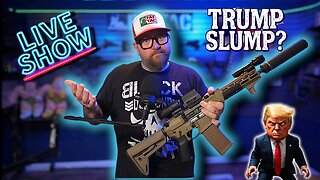 UPCOMING
UPCOMING
BlackDiamondGunsandGear
6 hours agoThe TRUMP SLUMP?
173 -
 LIVE
LIVE
SpartakusLIVE
4 hours agoDuos w/ StevieT || Trios or Quads Later?!
102 watching -
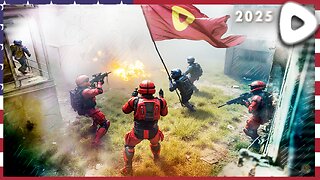 LIVE
LIVE
OhHiMark1776
5 hours ago🟢04-27-25 ||||| Halo Multiplayer Rumble: No. 13 ||||| Halo MCC (2019)
236 watching -
 2:12:28
2:12:28
TheSaltyCracker
2 hours agoThey Killed Her ReeEEEe Stream 04-27-25
71.4K122 -
 2:33:51
2:33:51
vivafrei
13 hours agoEp. 261: Criminal Judges ARRESTED! Election in Canada! Santos Sentenced! RFK Jr. & Autism & MORE!
146K57 -
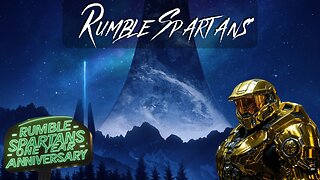 LIVE
LIVE
Amish Zaku
5 hours agoRumble Spartans "The One Year" Event
153 watching -
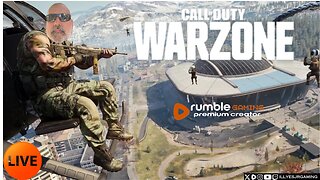 LIVE
LIVE
Illyes Jr Gaming
3 hours agoLaid Back Sunday Night Warzone Stream!
58 watching -
 1:51:18
1:51:18
Nerdrotic
5 hours ago $5.43 earnedDiscoveries From Graham Hancock's "Fight for the Past" | Forbidden Frontier 099
30.3K5